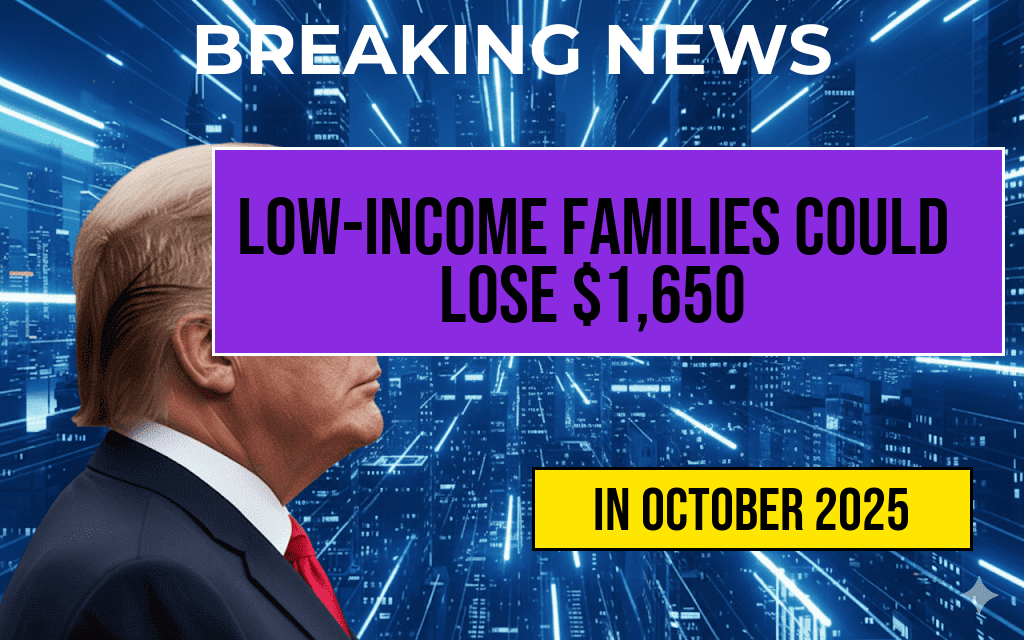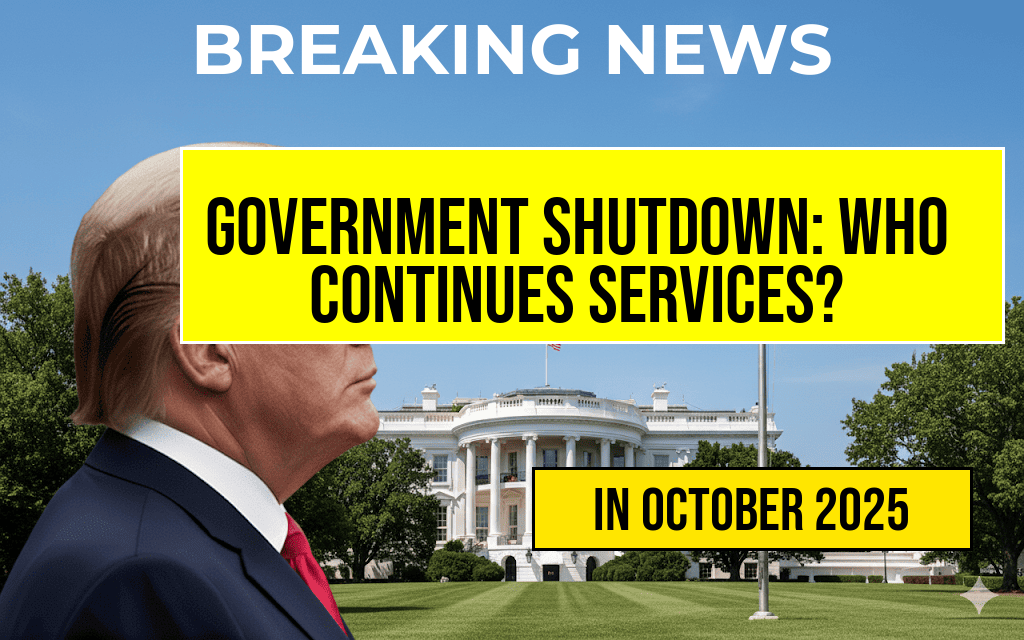Low-income families across several states face significant financial setbacks due to recent policy shifts that could reduce household incomes by as much as $1,650 annually. The changes, enacted through new regulations on welfare programs and tax credits, aim to streamline government assistance but are drawing sharp criticism from advocates who warn that vulnerable populations may bear the brunt of the adjustments. These policy modifications, which took effect at the start of the fiscal year, include tightening eligibility criteria, reducing benefit amounts, and restructuring income thresholds for qualification. As a result, thousands of families are expected to experience diminished financial support, potentially impacting their ability to meet basic needs such as housing, food, and healthcare.
Details of Policy Changes and Affected Programs
Reduction in Child Tax Credits
One of the most significant changes comes from modifications to the Child Tax Credit (CTC). Previously, families earning up to $75,000 annually could claim the full benefit, which for many translated into hundreds of dollars monthly. Under the new rules, the income threshold has been lowered, and the maximum credit amount has been reduced by approximately 20%. According to the IRS, this adjustment will affect nearly 15 million households nationwide.
Stricter Income Eligibility for SNAP
The Supplemental Nutrition Assistance Program (SNAP), commonly known as food stamps, has also seen eligibility criteria tighten. States are implementing tighter income limits, which may exclude families that previously qualified. Analysts estimate that this could lead to an average reduction of $150 to $200 per month in benefits for affected families, depending on household size and income levels.
Welfare Program Overhauls
Additional reforms target state-administered welfare programs, focusing on work requirements and asset limits. Several states, including Texas and Florida, have increased the number of hours recipients must work or participate in job training to retain benefits. Moreover, asset limits have been lowered, disqualifying families with savings or property valued above set thresholds, which many low-income households typically own.
Impact Assessment and Community Response
| Household Size | Average Income Reduction | Potential Annual Income Loss |
|---|---|---|
| 1-2 members | $1,200 – $1,350 | $1,200 – $1,650 |
| 3-4 members | $1,350 – $1,500 | $1,350 – $1,800 |
| 5+ members | $1,500 – $1,650 | $1,500 – $1,950 |
Experts warn that these reductions could exacerbate existing struggles faced by low-income families. Dr. Lisa Martinez, an economist specializing in social policy at the University of Chicago, states, “Even modest cuts can have ripple effects, leading to increased food insecurity, housing instability, and reliance on emergency aid. For families already on the edge, these changes threaten their ability to maintain stability.” Community organizations report a surge in requests for assistance, citing increased difficulty in accessing resources amid the policy shifts.
States and Localities Respond
Some states are exploring efforts to mitigate the impact of these reductions. For instance, California and New York have announced plans to expand local assistance programs and provide supplementary support. However, these measures are often limited in scope and do not fully offset the federal policy changes.
In contrast, other states have embraced the reforms, citing concerns over budget constraints and the desire to encourage employment among recipients. The debate centers on balancing fiscal responsibility with social safety nets, a challenge that policymakers continue to grapple with amid mounting economic pressures.
Broader Economic Context
The policy adjustments come amid a broader economic environment characterized by inflation and rising living costs. The U.S. Bureau of Labor Statistics reports that food prices have increased by over 10% in the past year, placing additional strain on low-income households. The reduction in government aid compounds these pressures, potentially pushing vulnerable families deeper into financial hardship.
Advocacy groups argue for a reevaluation of these policies, emphasizing the importance of maintaining support for those most in need. According to the Wikipedia page on poverty in the U.S., nearly 11% of Americans live below the poverty line, a figure that these policy changes could influence further.
Looking Ahead
As the fiscal year progresses, attention will likely shift toward monitoring the real-world effects of these policy changes. Researchers and community leaders are calling for increased data collection to assess how families are coping and whether additional support measures are necessary.
The debate underscores ongoing tensions between fiscal austerity and social welfare, emphasizing the need for policies that protect the most vulnerable while ensuring fiscal sustainability. Stakeholders across the spectrum will continue to advocate for solutions that balance economic realities with the imperative of social equity.
For more information on federal assistance programs and ongoing policy developments, visit Federal Register and U.S. Department of Health & Human Services.
Frequently Asked Questions
What are the main changes in the new policy affecting low-income families?
The new policy introduces a reduction in income support for low-income families, leading to a potential decrease of up to $1,650 annually. This change aims to realign benefits with current economic conditions and government priorities.
How will the income reduction impact low-income families financially?
Families could face a loss of up to $1,650 per year in income assistance, which may affect their ability to cover essential expenses such as housing, food, and utilities.
Who is affected by the new policy changes?
The policy primarily impacts low-income households eligible for income support programs. Families already facing economic hardships are most vulnerable to the reduction in benefits.
Are there any measures or programs to help families cope with the income reduction?
Currently, there are limited additional supports announced. However, families are encouraged to explore local assistance programs and community resources that may provide supplementary aid during this transition.
When will the new policy changes take effect?
The income reduction policy is scheduled to be implemented starting from next month. Families are advised to review their eligibility and plan accordingly for the upcoming financial adjustments.






